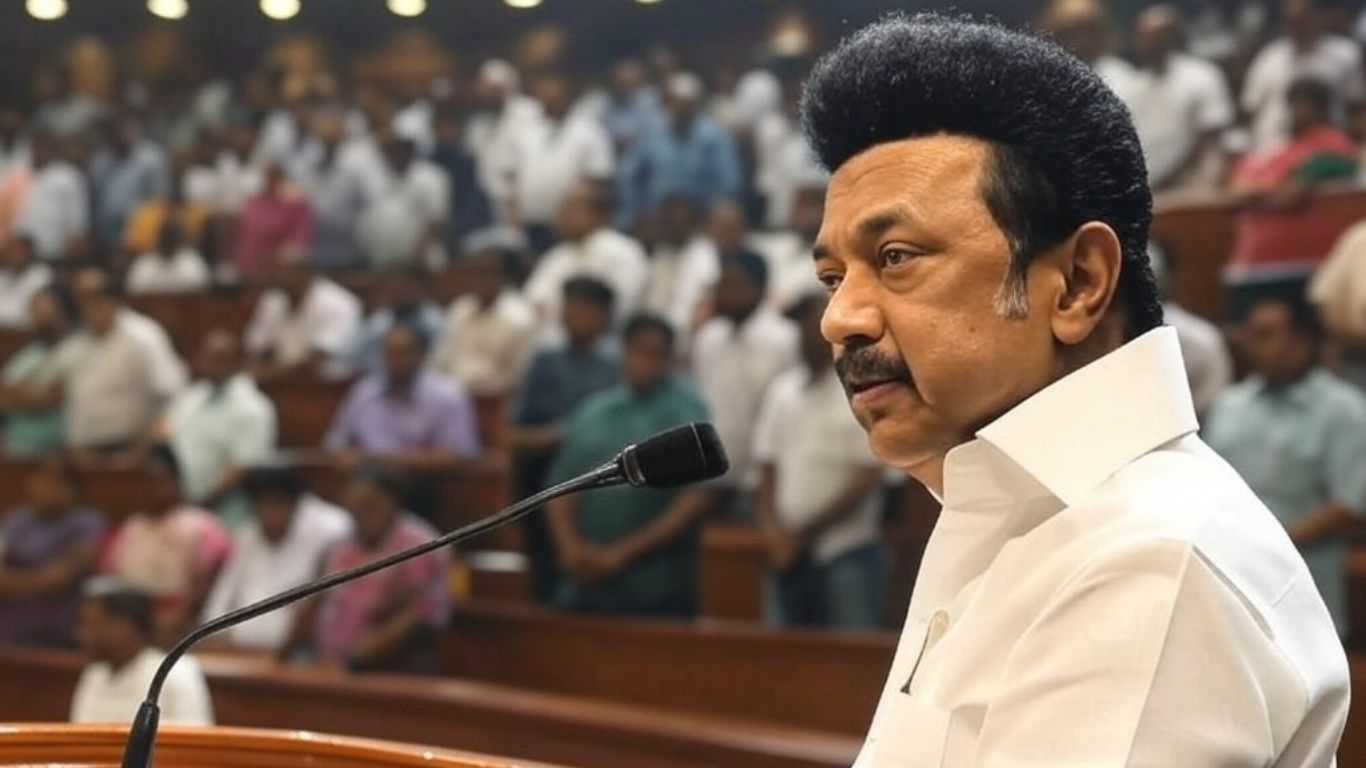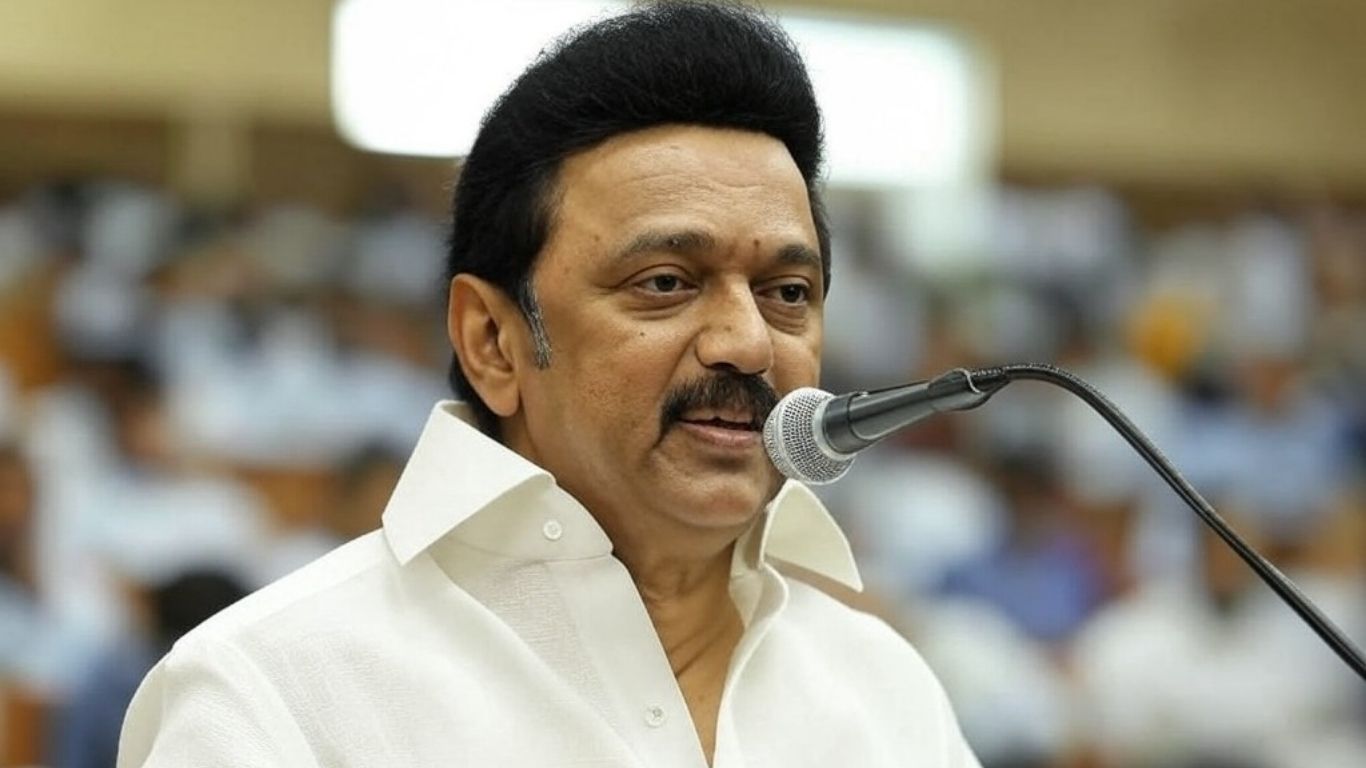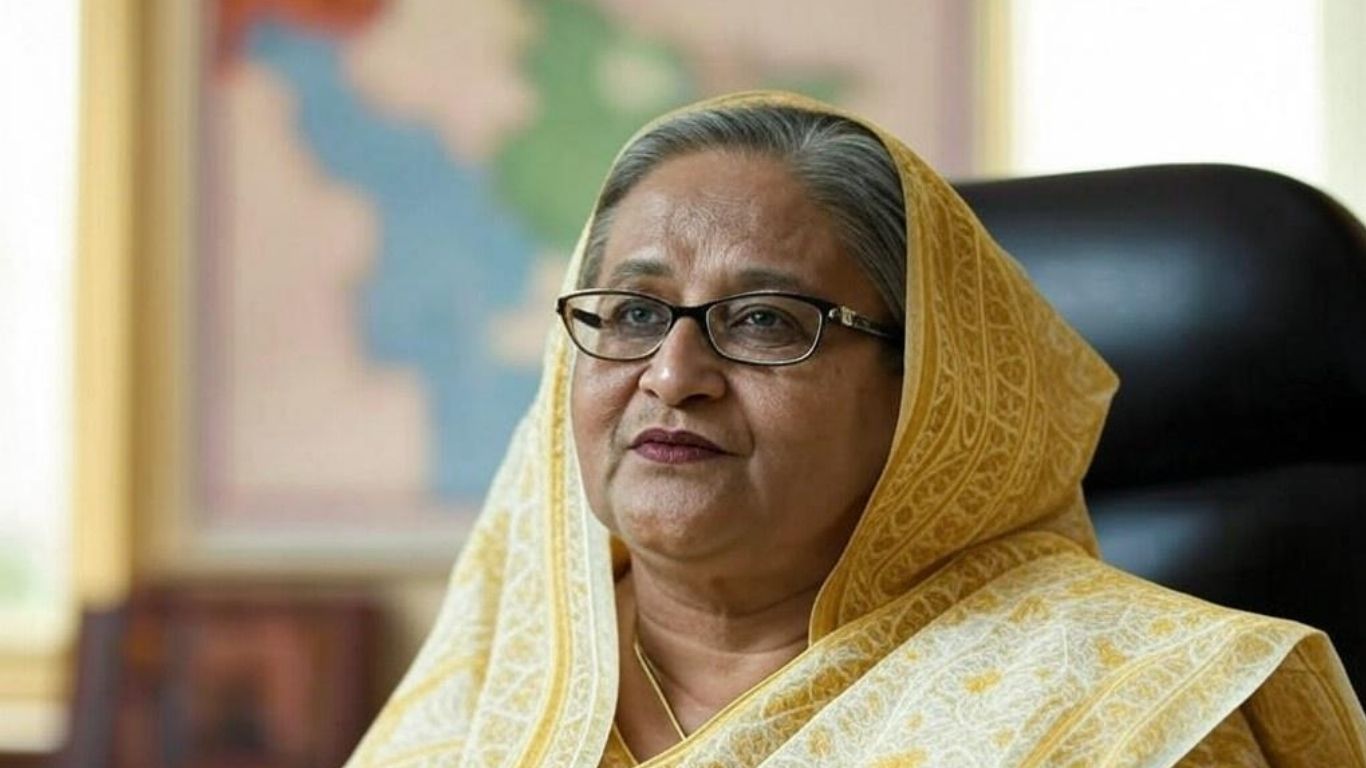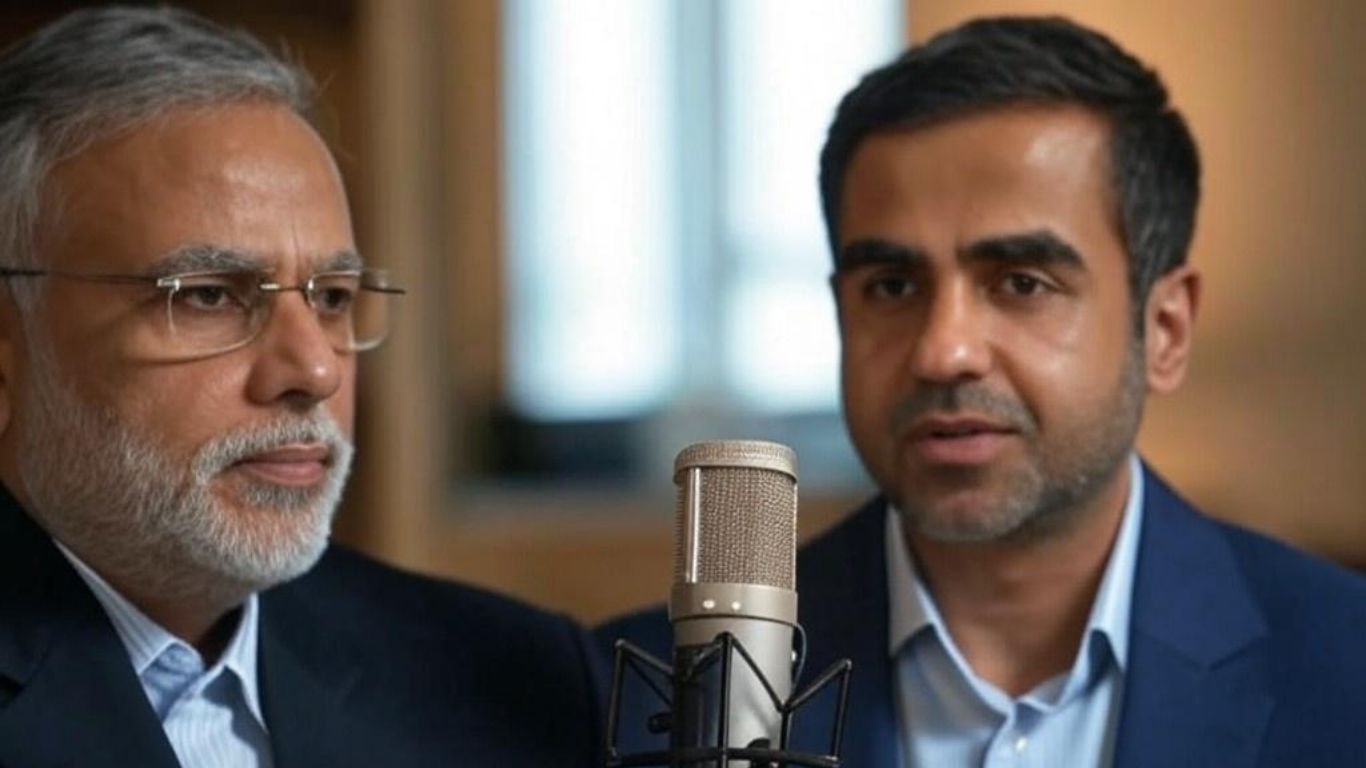US prosecutors have accused Gautam Adani, the chairman of the Adani Group, of being involved in a scheme to pay over $250 million in bribes to Indian government officials. The alleged goal was to secure lucrative solar energy contracts. Alongside Gautam Adani, two executives from Adani Green Energy Limited—his nephew Sagar Adani and Vineet Jain—are also facing charges.
The accusations include misleading investors by falsely claiming the company followed strict anti-corruption practices while they raised over $3 billion in funds for energy projects. According to reports, Gautam Adani, Sagar Adani, and Vineet Jain are charged with:
- Securities fraud conspiracy
- Wire fraud conspiracy
- Securities fraud
Other Individuals Named in the Case
The five-count indictment filed in a US District Court in Brooklyn also implicates:
- Ranjit Gupta and Rupesh Agarwal, former executives of Azure Power Global.
- Cyril Cabanes, Saurabh Agarwal, and Deepak Malhotra, former employees of the Canadian investment firm Caisse de Dépôt et Placement du Québec.
Although the alleged bribery primarily occurred in India, the case is being tried in the Eastern District of New York because certain actions related to the scheme were carried out in the US.
Details of the Allegations
- Bribery Scheme
Gautam Adani reportedly played a direct role in advancing the bribery plan. He is accused of personally meeting Indian officials to push the scheme forward. The plan involved co-conspirators meeting in person and using electronic messaging apps to communicate. - Documentation of the Bribery Efforts
The defendants allegedly kept extensive records of their activities. These included:- Using mobile phones to track bribe recipients and document payments.
- Photographs of documents detailing the amounts of bribes offered.
- PowerPoint and Excel presentations analyzing different payment options, one of which referred to a bribe as a “Development Fee.”
- Code Names and Secrecy
To conceal their identities, members of the group referred to each other using code names:- Gautam Adani was called “Mr. A,” “numero uno,” and “the big man.”
- Other co-conspirators were referred to as “V,” “snake,” and “numero uno minus one.”
- Evidence Destruction
Some members of the group allegedly destroyed evidence to cover up their involvement. This included deleting PowerPoint presentations and electronic communications related to the bribery scheme. - Obstruction Efforts
Prosecutors allege that Gautam Adani took steps to obstruct the investigation. For example, he reportedly emailed himself photos of FBI search warrants and subpoenas given to his nephew, Sagar Adani, to stay informed about the investigation’s progress.
Civil Complaints by the SEC
In addition to the criminal charges, the US Securities and Exchange Commission (SEC) has filed civil complaints against Gautam Adani, Sagar Adani, and Cyril Cabanes. These complaints allege that bribery enabled Adani Green Energy and Azure Power Global to win solar energy contracts awarded by the Indian government.
Actions in the US Related to the Case
Prosecutors argue that the case is linked to the US because:
- Co-conspirators met in person in the US to discuss the bribery plan.
- They used electronic communications within the US to execute parts of the scheme.
- Evidence, including documents and communications, was found in the US during investigations.
What This Means
If proven, these allegations could have severe consequences for Gautam Adani and his business empire. The charges of securities fraud and wire fraud conspiracy carry serious penalties, including significant fines and prison sentences. The case also raises questions about corporate governance and anti-corruption practices within global companies.
The indictment underscores the increasing scrutiny faced by high-profile individuals and corporations operating internationally. As the case unfolds, it will likely have significant ramifications for the Adani Group and its global reputation.















